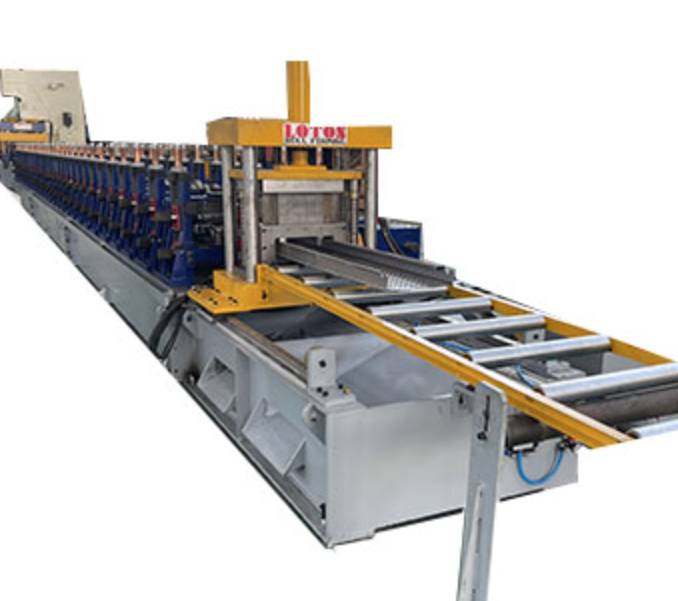
Posted on Tuesday, September 23, 2025
Industrial roll formers are not plug-and-play machines. The idea that you can simply connect power and begin production without extensive setup and calibration is a myth. These machines require careful installation, precision alignment, safety checks, and test runs to ensure proper and safe operation.
Below is a step-by-step breakdown of what’s truly required to commission a new roll forming machine.
Leveling and anchoring: The machine must be placed on a stable, level surface and secured with anchor bolts. Any movement can cause roller misalignment and poor product quality.
Electrical connection: This goes far beyond plugging in. Roll formers need a stable, industrial-grade 3-phase power supply (commonly 220V–480V) with the correct amperage and proper grounding. Only a qualified electrician should make these connections.
Utility connections: Beyond electricity, compressed air and hydraulic lines must be connected for punching, shearing, or auxiliary operations.
Component assembly: Larger or modular machines often ship in sections (decoilers, cutoff presses, control cabinets) that must be assembled precisely according to the manufacturer’s instructions.
Lubrication: Bearings, gearboxes, and moving parts must be filled with the correct grade of lubricant to prevent premature wear and costly downtime.
Component alignment: Every station — from the decoiler to the run-out table — must be in perfect alignment with the machine’s forming axis.
Roller gap adjustment: Roller gaps are set according to material thickness and profile shape. Incorrect settings will cause defects such as twisting, bowing, or edge waviness.
Tooling setup: The correct tooling and dies must be installed and adjusted for the specific profile.
Machine calibration: Parameters such as line speed, feed rate, and cut length must be dialed in for the exact production requirements.
Test runs: Initial runs with production material are essential to verify profile accuracy, cut length, and surface finish.
Fine-tuning: Adjustments to roller pressure, alignment, and entry guides are often necessary after test results.
Operator training: Skilled operators are critical. They must be trained in setup, safe operation, troubleshooting, and quality control.
Safety checks: Emergency stops, safety guards, and protective devices must be tested and certified.
Regulatory compliance: The installation should meet local electrical, mechanical, and occupational safety standards before full production begins.
While it’s tempting to believe that a new roll forming machine can be “plugged in and run”, the reality is very different. Industrial roll formers are precision systems that demand proper installation, calibration, and operator training before they can deliver consistent, high-quality results. Taking shortcuts at this stage almost always leads to product defects, machine wear, or even safety risks.

32/1000 Box Profile Roll Forming Machine – Complete Guide & Specifications
Posted on Sunday, November 16, 2025
High-performance 32/1000 box profile roll forming machine for roofing and cladding. Full specifications, profiles, applications, pricing

PBR / R-Panel Roll Forming Machine – Complete Guide & Specifications
Posted on Sunday, November 16, 2025
PBR / R-Panel roll forming machine for roofing and wall cladding. Full specs, profiles, applications, pricing, and global buying guide. Built to order.

Posted on Sunday, November 16, 2025
How to Diagnose and Fix the Hidden Electrical Problems That Cause Downtime
Copyright 2025 © Machine Matcher.